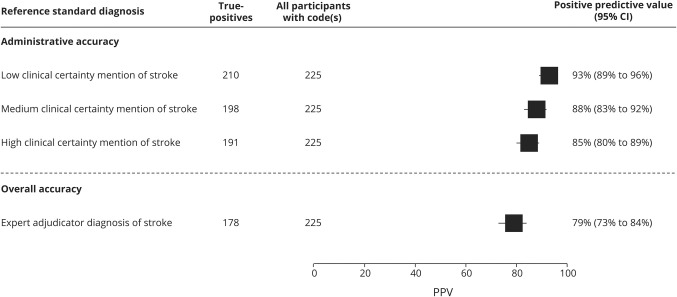Figure 3. Assessing administrative vs overall accuracy.
High clinical certainty mentions of stroke: “stroke,” “probable stroke,” “presumptive stroke,” “consistent with stroke,” “compatible with stroke,” “likely stroke,” “treated as stroke” or equivalent stroke terms (ICH, SAH, intracerebral hemorrhage, subarachnoid hemorrhage, ischemic stroke, infarct). Medium clinical certainty mentions of stroke: including above plus “possible stroke,” “suspected stroke,” “impression of stroke,” “suggestive of stroke,” “query stroke,” or equivalent stroke terms (ICH, SAH, intracerebral hemorrhage, subarachnoid hemorrhage, ischemic stroke, infarct). Low clinical certainty mentions of stroke include above plus “TIA” and “transient ischaemic attack” with any level of certainty preceding it. The hierarchy of clinical certainty was based on the ICD-10 clinical coding instruction manual (isdscotland.org/Products-and-Services/Terminology-Services/Clinical-Coding- Guidelines/, April 2010 version), which is used by the coding departments in UK hospitals. CI = confidence interval; PPV = positive predictive value.

